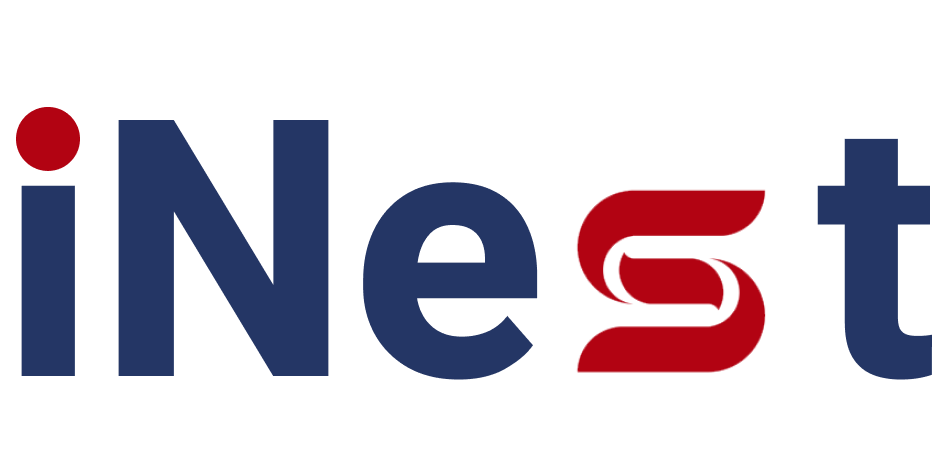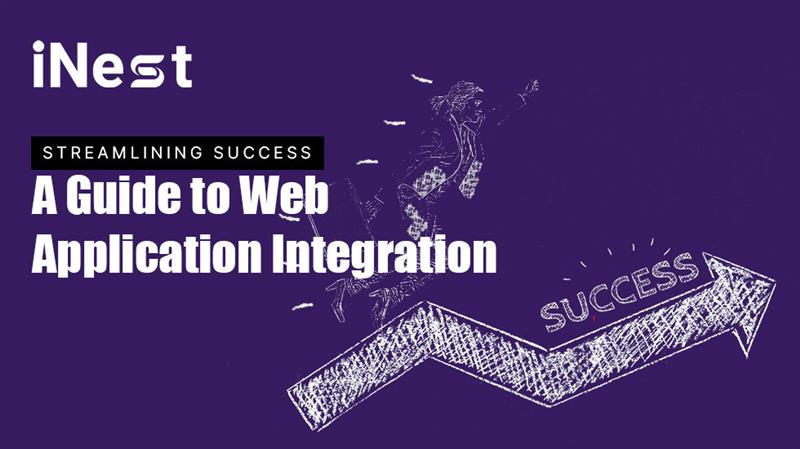In today’s digital landscape, integrating web applications is a fundamental aspect of creating a seamless and efficient online experience. Whether you are a business owner, a web developer, or simply someone interested in the world of technology, understanding the principles of web application integration is essential. In this article, we’ll provide a comprehensive guide to web application integration, ensuring the content remains clear, concise, and accessible at a level suitable for a 10th-grade reader.
Understanding Web Application Integration
To comprehend web application integration, one must grasp the concept of systems communicating with each other. Think of asp net web application development as different puzzle pieces, and integration as the mechanism that makes these pieces fit together seamlessly. Whether you’re integrating e-commerce platforms, content management systems, or third-party services, the goal is to enable them to work in harmony.
Why Is Integration Important?
- Improved User Experience: Seamless integration enhances user satisfaction by providing a unified experience.
- Increased Efficiency: Automation and data sharing reduce manual tasks and boost productivity.
- Enhanced Data Flow: Integration ensures a smooth flow of information, preventing data silos.
- Competitive Advantage: Businesses that leverage integration often outperform those that don’t. Scalability: Integration allows systems to grow and adapt to changing requirements.
Types of Web Application Integration
There are various types of integration, including:
- Vertical Integration: Combines systems within the same industry or supply chain. Horizontal Integration: Connects systems from different industries.
- API-Based Integration: Utilizes Application Programming Interfaces to enable communication. Data Integration: Focuses on the consolidation and sharing of data. Process Integration: Connects and automates business processes.
APIs: The Foundation of Integration: APIs (Application Programming Interfaces) are the building blocks for integration. These sets of rules and protocols allow different software systems to communicate with each other. They determine how requests and data should be structured and enable the exchange of information.
Integration Patterns: Several integration patterns are commonly used, such as point-to-point, hub-and-spoke, and publish-subscribe. Choosing the right pattern depends on the specific integration needs and the systems involved.
Common Integration Challenges: Web application integration can be challenging, and some common issues include: Compatibility issues between systems. Security concerns when sharing data. Scalability problems as systems expand. Maintenance and updates to keep integrations running smoothly.
Tools and Technologies for Integration: There are numerous tools and technologies available for web application integration, such as middleware, ESB (Enterprise Service Bus), and integration platforms. These tools simplify the integration process and provide a robust foundation for building connections between applications.
Best Practices for Successful Integration: To ensure a successful web application integration, consider the following best practices:
- Clearly define integration objectives.
- Choose the right integration tools and technologies.
- Prioritize data security and compliance.
- Test and monitor integrations continuously.
- Document integration processes for future reference.
Web application integration is at the heart of modern digital experiences. By understanding its significance, the different types of integration, the role of APIs, and best practices, you can harness the power of integration to improve efficiency, enhance user experiences, and gain a competitive edge in the online world.
In conclusion, web application integration is a vital component of today’s digital landscape, driving efficiency, enhancing user experiences, and delivering competitive advantages. Whether you’re a business owner, a developer, or simply someone curious about technology, this guide provides a foundational understanding of web application integration, ensuring that you can navigate the digital world with confidence.

